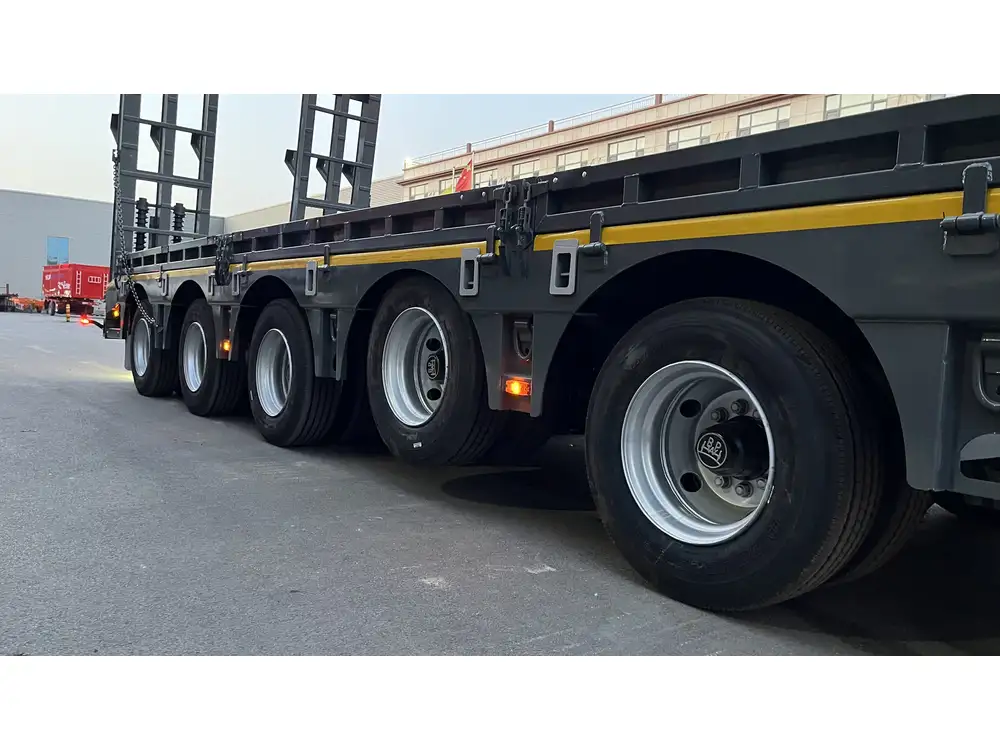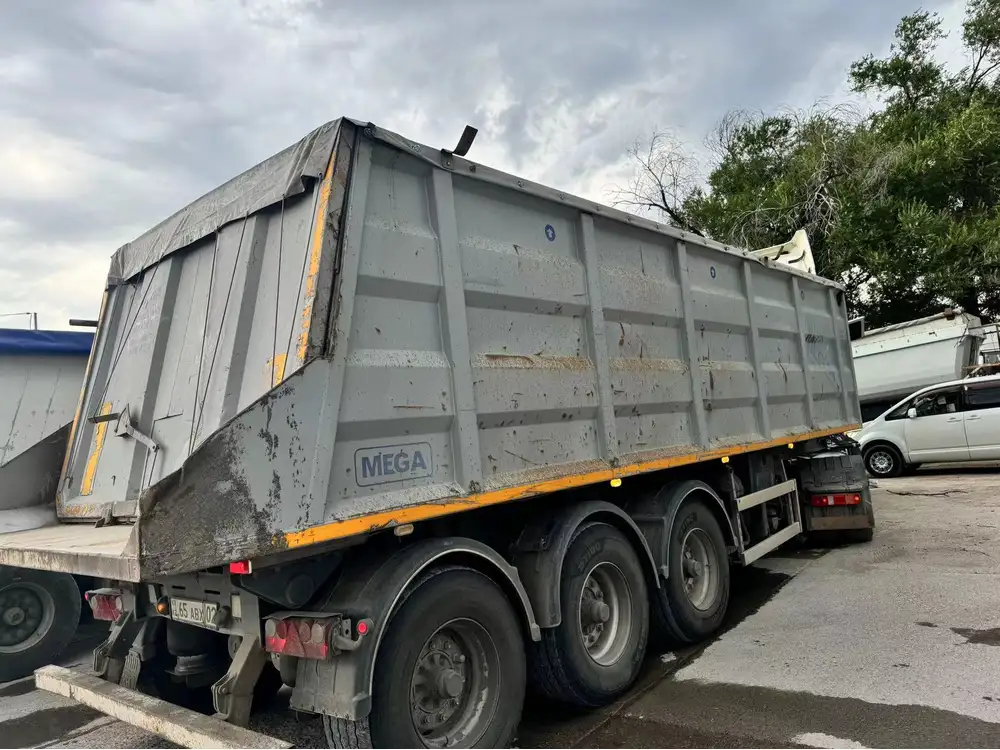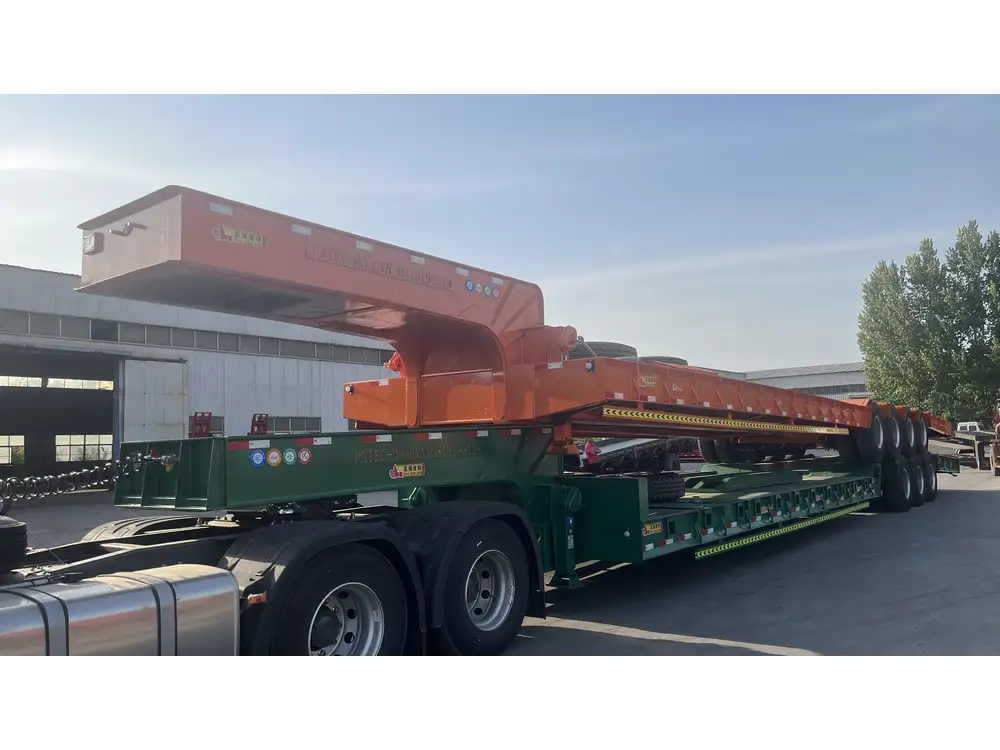Transporting fat cattle efficiently and humanely is crucial for livestock haulers. Understanding how many fat cattle can fit into a semi-trailer depends not only on the trailer’s size but also on the specifications of the cattle being transported. This guide provides a detailed analysis to help you optimize your transportation operations.
Understanding Semi-Trailer Capacities
Types of Semi-Trailers for Livestock
When it comes to transporting cattle, selecting the right semi-trailer is paramount. The two common types of trailers used in the livestock industry are:
| Trailer Type | Description | Capacity | Ideal Usage |
|---|---|---|---|
| Gooseneck Trailers | Feature a hitch attached to the truck bed, offering excellent maneuverability. | Can typically carry 20-30 cattle, depending on size. | Short to medium hauls. |
| Bumper Pull Trailers | Regular trailers towed by a bumper hitch, easier to detach. | Generally carry 10-25 cattle. | Versatile for various hauls. |

Internal Dimensions of Common Livestock Semi-Trailers
The standard dimensions of semi-trailers vary. Here are typical measurements you may encounter:
- Length: A common length for a livestock semi-trailer is approximately 48 to 53 feet.
- Width: Ranges from 8 to 8.5 feet.
- Height: Generally about 7 to 8 feet.
The effective capacity for carrying cattle will depend largely on the usable space inside the trailer, factoring in the needs of the livestock.
Cattle Specifications and Their Impact on Capacity
Before estimating how many fat cattle can be transported, it’s critical to understand the average weights and sizes of the livestock:
- Average Weight of Fat Cattle: Typically, fat cattle (steers and heifers) weigh between 1,000 to 1,500 pounds.
- Space Required: Each animal typically requires about 15 to 20 square feet of space to move comfortably.
Based on these dimensions, let’s perform some calculations to identify how many fat cattle can fit within a standard livestock semi-trailer.
Calculation of Total Cattle Capacity

Dimensions and Space Calculation
Assuming we have a standard 48-foot trailer with the following dimensions:
- Length: 48 feet = 576 inches
- Width: 8.5 feet = 102 inches
- Usable Space: Generally requires accounting for slats and fence dividers.
Total Area Calculation: [ \text{Total Area} = \text{Length} \times \text{Width} = 576 \times 102 = 58,752 \text{ square inches} ]
Area Required Per Cattle:
- Each fat cattle requires about 15 to 20 square feet (or 2,160 to 2,880 square inches).
Capacity Calculation:
- Utilizing the higher range (20 square feet): [ \text{Cattle Capacity} = \frac{58,752}{2,880} \approx 20.4 ] Thus, approximately 20 fat cattle can fit into a standard 48-foot semi-trailer when allowing enough space for comfort and safety.
Adjusting for Load Distribution and Safety
Transporting cattle isn’t solely about fitting as many as possible. Proper load distribution is essential to ensure safety during transit. Consider the following:
- Weight Distribution: Maintain a balanced load to prevent swaying or tipping.
- Height Restrictions: Ensure that the cattle have sufficient headroom and ventilation.
For optimum safety, reducing the number to about 18-20 per trailer ensures adequate space and minimizes stress on the animals.
Factors That Affect Loading Capacity
Even with the basic calculations above, several factors can influence how many fat cattle can be loaded into a semi-trailer:
| Factor | Impact |
|---|---|
| Animal Size | Larger cattle may require more space, reducing the overall number transported. |
| Weight Restrictions | Different regulatory bodies may impose limits on the total weight a trailer can carry. |
| Ventilation | Adequately spaced panels to promote airflow can affect how animals are arranged. |
| Distance of Haul | Longer distances may necessitate decreasing the number of cattle for welfare reasons. |

Best Practices for Loading and Transporting Fat Cattle
Pre-Loading Preparations
Before loading cattle:
- Inspect the Trailer: Check for any sharp objects and ensure it is clean.
- Prepare the Cattle: Ensure the cattle are familiar with loading practices.
- Gather Necessary Equipment: Use proper gates and ramps designed for livestock.
Loading Strategy
- Loading Order: Start from the front and move back to ensure a smooth flow.
- Secure the Cattle: Properly use dividers to keep the cattle secure during transit.

During Transport
- Regular Checks: Stop frequently to monitor the cattle, especially on longer hauls.
- Maintain Temperature: Ensure ventilation systems are working effectively.
- Monitor Behavior: Watch for any signs of stress among the cattle, which may indicate overcrowding or other issues.
Conclusion
Determining how many fat cattle fit in a semi-trailer is not a simple task; it encompasses various factors including trailer specifications, cattle sizes, and best practices for humane transport.
By using the calculations and considerations outlined in this guide, livestock haulers can make informed decisions that optimize their loading capacity while ensuring the welfare of the animals. As dimensions vary and regulations continue to evolve, ongoing education in livestock transport methods is essential for any manufacturer or operator in the industry.
Additional Resources
For further information or assistance on optimizing your cattle transport operations, consider consulting industry specialists or utilizing software designed for livestock logistics management. Adapting to new techniques and staying informed about best practices will enhance efficiency and promote ethical delivery in cattle transportation.



